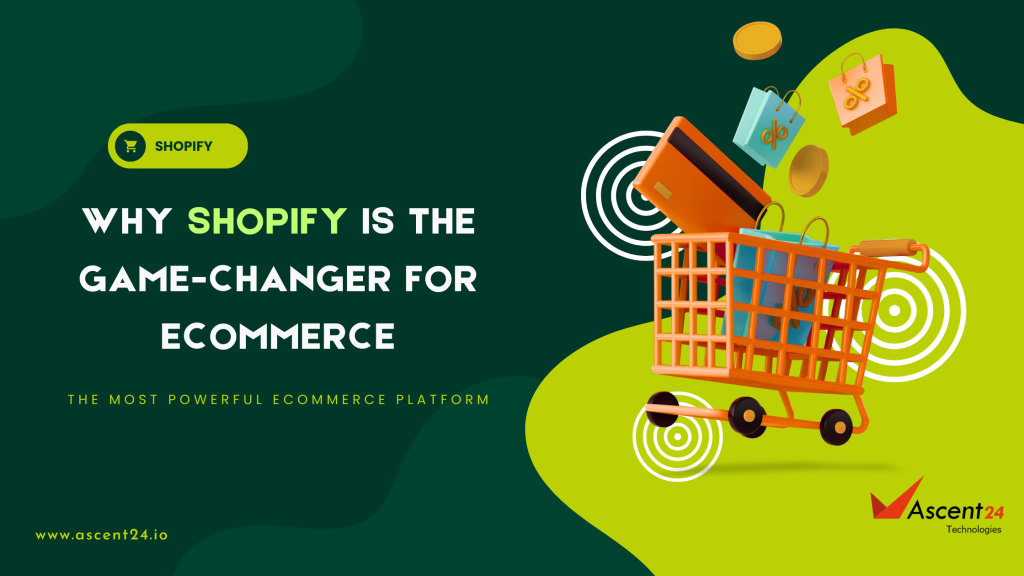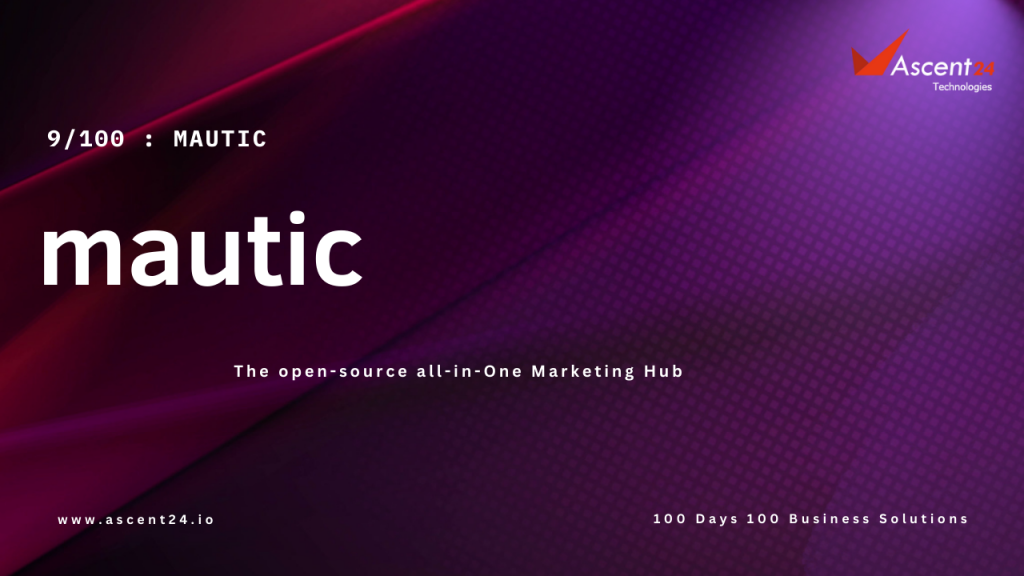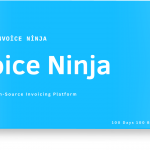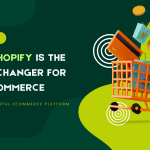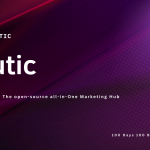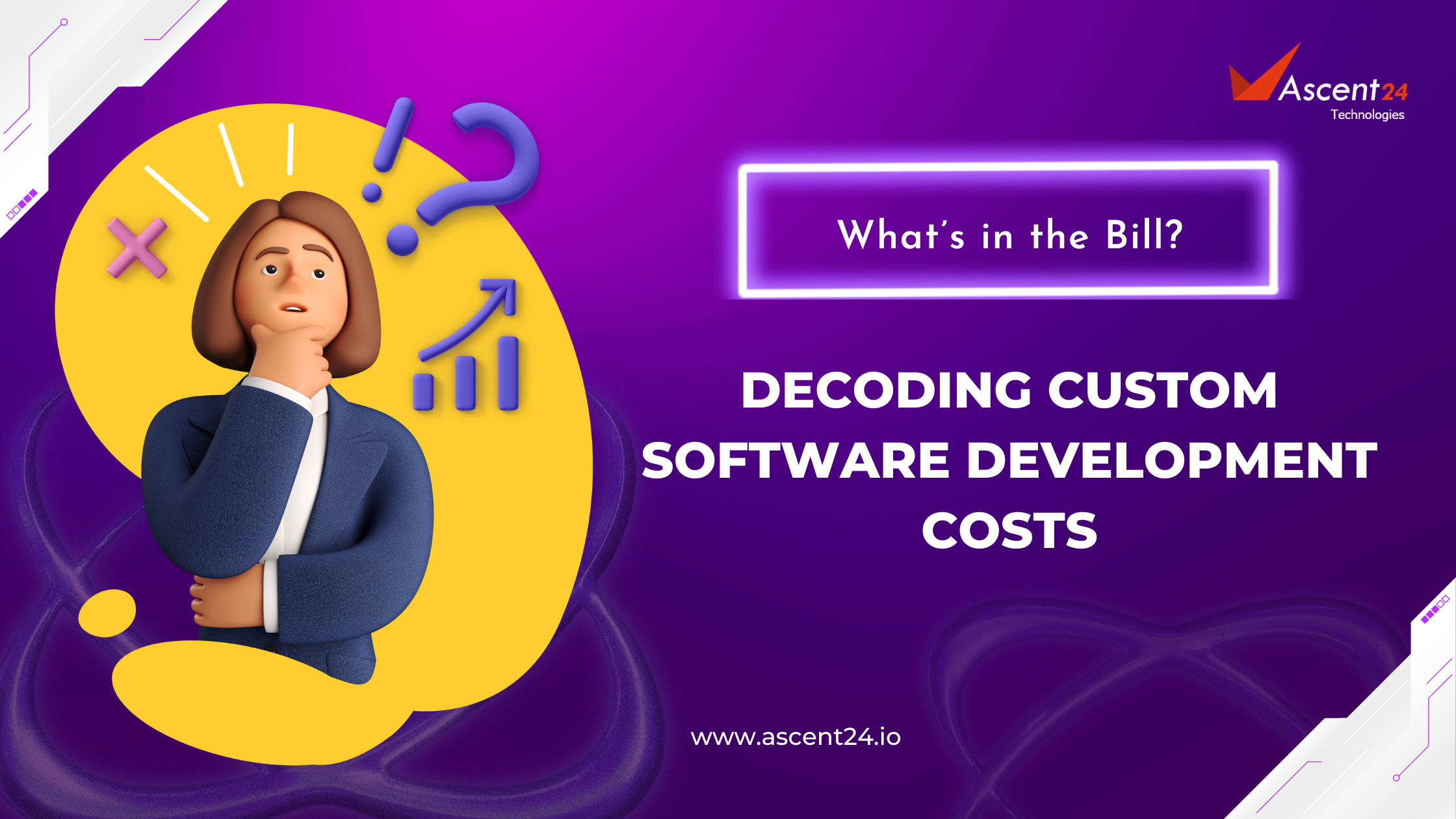
Decoding Custom Software Development Cost : The Honest, No-Fluff Actionable Guide
Are you curious about the factors that shape the cost of custom software development?
If we’re being honest, the scariest part of building software isn’t the code. It’s the bill at the end.
Most software projects don’t collapse because the idea was bad — they derail because the cost estimation was guesswork. And when software budgets unravel, it’s usually because no one explained what actually goes into the cost.
Understanding the intricacies of custom software development costs is crucial to making informed decisions for your business. Partnering with businesses globally, completing over 160+ successful projects, and always focusing on crafting solutions that align with unique business goals, we understand when an entrepreneur asks “How much will it cost?”.
It’s a question as old as the industry itself: “How much will it cost?”
So we decided to break it down.
Plain talk.
No jargon.
No unrealistic promises.
Just a clear understanding of where your money goes when you invest in custom software.

What Really Drives Custom Software Development Cost?
Let’s start at the root.
There are 5 big cost drivers — and ignoring even one of them can throw your budget off the cliff.
1. Scope & Complexity (Your Biggest Cost Factor)
Think of scope as your shopping list.
More features = more time = more cost.
Here’s what affects it:
- Number of modules (login, dashboard, reporting, payments, notifications, etc.)
- Workflow depth (simple or multi-layered business logic)
- Third-party integrations (payment gateway, CRM, ERP, AI tools, SMS, WhatsApp)
- Custom algorithms (matching engines, recommendation logic, dynamic pricing)
- Real-time features (live tracking, chat, data sync)

A basic product and a full enterprise system may both be “software,” but they live in two different universes cost-wise.
2. Team Composition & Skill Level
You’re not just paying for time.
You’re paying for expertise.
More senior → more expensive → fewer mistakes → faster delivery.
More junior → cheaper → slower → riskier.

A typical custom software team may include:
- Project Manager
- UI/UX Designer
- Developer (Frontend, Backend, Full-stack)
- Mobile App Developer (if applicable)
- QA Engineer
- DevOps / Cloud Engineer
Location matters too:
An Europe-based senior developer isn’t priced the same as an Asia-based senior developer, even with similar skill levels.
Your team mix can shift the total cost dramatically.
3. Technology Stack Selection
Every tech stack has its own cost profile.
Examples:
- React Native may cost less than separate iOS + Android native apps.
- Python + Django might be faster to build than highly complex Java solutions.
- No-code/low-code can give quick MVPs at lower cost — but with limitations.
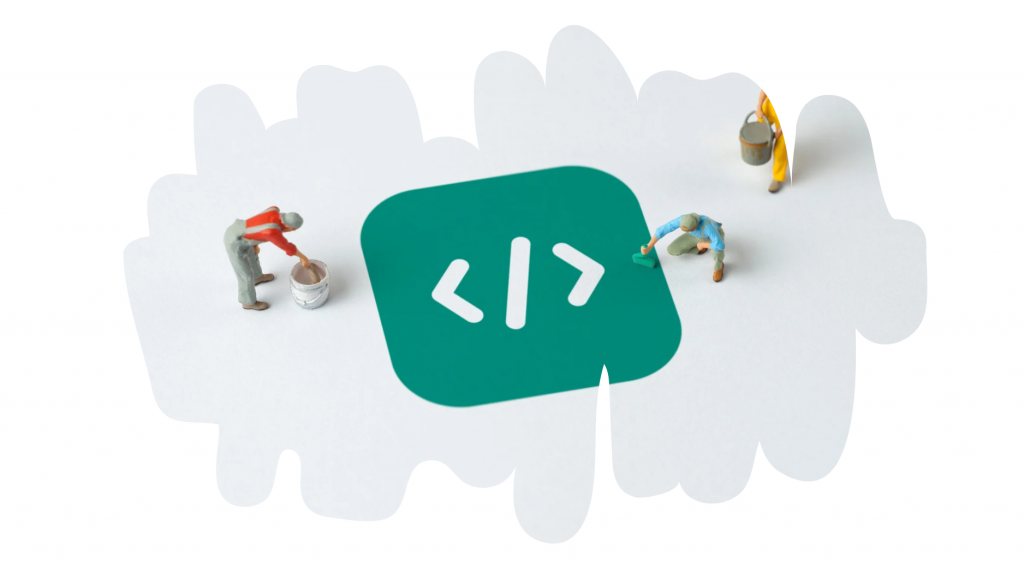

Tech choices affect:
* Development speed
* Availability of skilled developers
* Long-term maintainability
* Hosting & cloud costs
Choosing the wrong tech stack is like picking the wrong foundation for a building — it becomes expensive later.
4. Design & User Experience (The Silent Cost Driver)
One of the most underestimated cost areas.
Good design isn’t just “making it pretty.”

It includes:
- User flow mapping
- Wireframes
- Prototype
- UI design for all screens
- Micro-interactions
Poor UX guarantees one thing:
Users drop the app faster than you think.
Good UX saves money in the long run by reducing:
- Training time
- Support requests
- Rework
- Abandoned features
Design is not overhead — it’s insurance.

5. QA, Testing & Maintenance
This is where many businesses try to cut corners.
But here’s the truth:
QA is what protects your software from becoming a bug-filled nightmare.
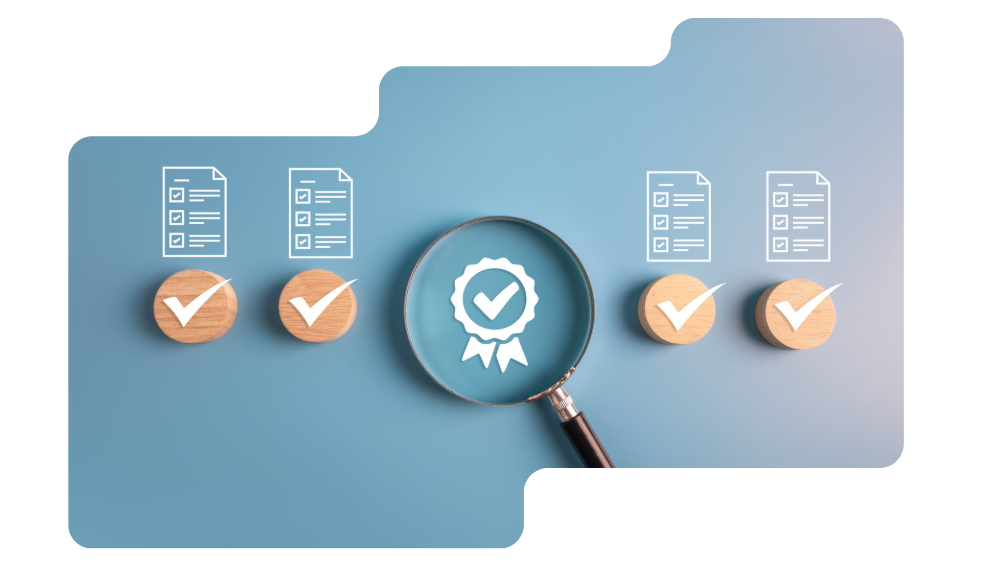
A proper QA process includes:
- Functional testing
- Integration testing
- Regression testing
- Performance testing
- Security checks
- UAT (User Acceptance Testing)
Then comes maintenance:
- Fixing bugs
- Updating libraries
- Improving performance
- Adding enhancements
- Security patches
- Server monitoring
Software is not a one-time purchase.
It lives. It grows. It needs care.
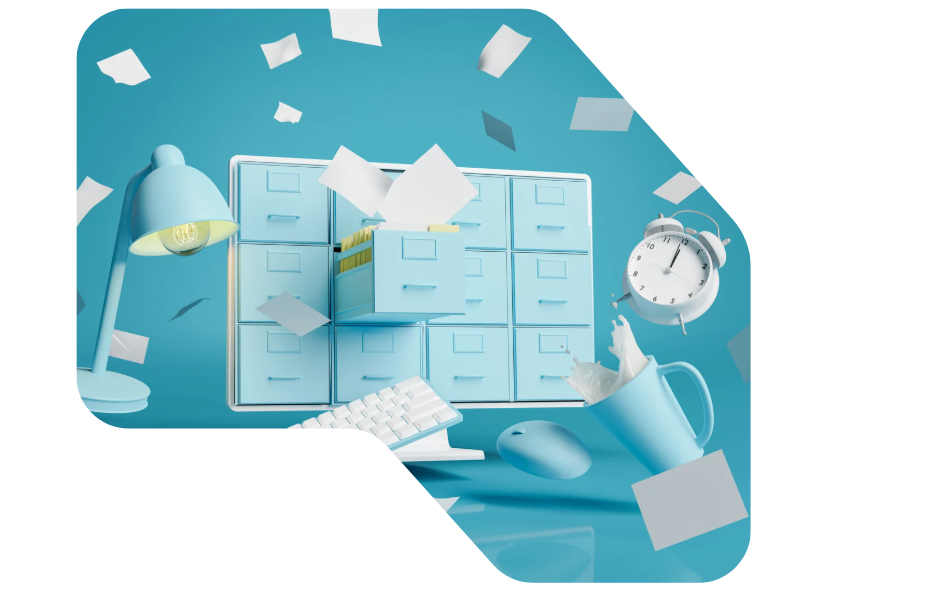
A Practical Breakdown — What Influences Your Final Bill the Most?
Here’s the simplest way to evaluate what your software will cost:
Feature count + Team seniority + Tech stack + Timeline + Maintenance needs
In other words:
- Want more features? Cost rises.
- Want faster delivery? Need a bigger team.
- Want high scalability? Need stronger architecture.
- Want native apps? Double the work.
- Want enterprise-grade security? Extra planning + testing.
Custom software isn’t expensive because developers want to bill more.
It’s expensive because building something stable, scalable, and user-friendly takes real effort.

So… What Should You Take Away from This?
Custom software development cost isn’t random.
It’s a combination of scope, team, technology, design, QA, and long-term upkeep.
When you understand what drives the cost, you can take better decisions — decisions that protect your budget and help you build better, smarter, scalable software.
And the real win?
A well-estimated project doesn’t just save money.
It saves stress, rework, time, and future headaches.
Ready to Estimate Your Software Project the Right Way?
If you want a transparent, no-surprises cost estimate for your app, platform, or enterprise system, just say the word.
We will help you break it down — clearly, calmly, and without any guesswork.
Reach us ☕ : 📞 +91 96558 70024 | 📧 hi@ascent24.io | 🕸 ascent24.io


